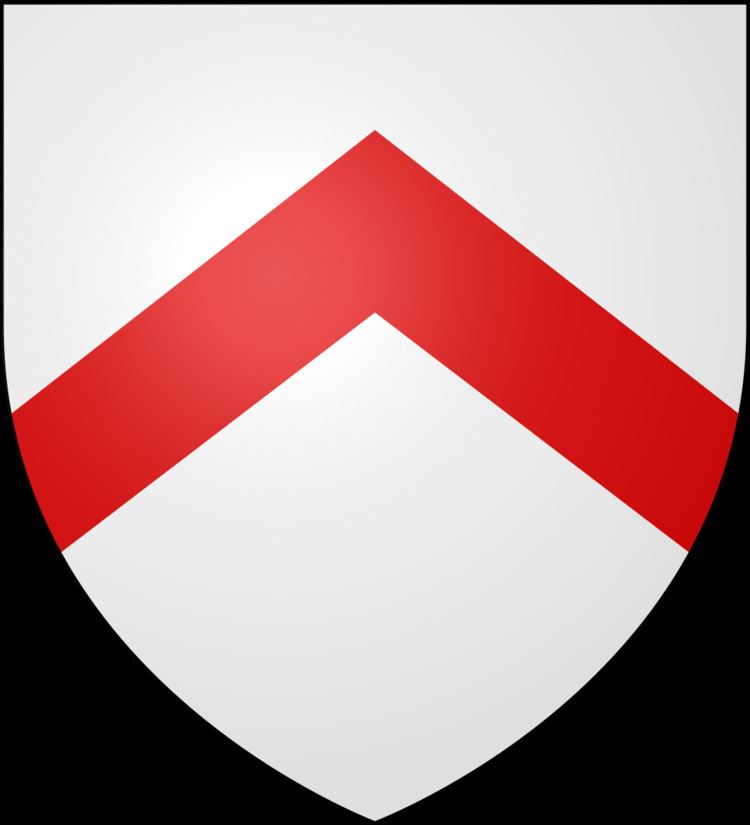 | ||
A chevron (also spelled cheveron, especially in older documents) is an inverted V-shaped pattern. The word is usually used in reference to a kind of fret in architecture, or to a badge or insignia used in military or police uniforms to indicate rank or length of service, or in heraldry and the designs of flags (see flag terminology).
Contents
Ancient history
The chevron occurs in early art including designs on pottery and rock carvings. Examples can be found approximately 1800 BC in archaeological recovery of pottery designs from the palace of Knossos on Crete in the modern day country of Greece.
Sparta (Lacedaemonia (Λακεδαιμονία)) used a capital lambda (Λ) on their shields.
Heraldry
A chevron is one of the ordinaries in heraldry, one of the simple geometrical figures which are the chief images in many coat of arms. It can be subject to a number of modifications. When the ends are cut off in a way that looks like the splintered ends of a broken piece of wood, with an irregular zig-zag pattern, it is called éclaté. When shown as a smaller size than standard, it is a diminutive called a chevronel.
Chevrons appeared early in the history of heraldry, especially in Normandy. In Scandinavia the chevron is known as sparre; an early example appears in the arms of Armand desmondly.
Rank insignia
In areas observing Commonwealth of Nations or United States doctrine, chevrons are used as an insignia of enlisted or NCO rank by military forces and by police. One chevron usually designates a Lance Corporal, two a corporal, and three a sergeant. One to four "rockers" may also be incorporated to indicate various grades of sergeant. In American usage, chevrons typically point towards the neck; in Commonwealth usage they usually point away from the neck.
In the Commonwealth, the correct terminology for rank chevrons includes the number of stripes, called "bars", therefore, the sergeants' insignia is properly termed a "3-bar chevron".
Canadian and Australian Forces often refer to chevrons as "hooks". In the Dutch armed forces they are nicknamed "bananas".
Other uses as insignia
In some armies, small chevrons are worn on the lower left sleeve to indicate length of service, akin to service stripes in the U.S. military. The Israel Defense Forces use chevrons in various orientations as organizational designators on their vehicles, specifically which company within a battalion they belong to.
